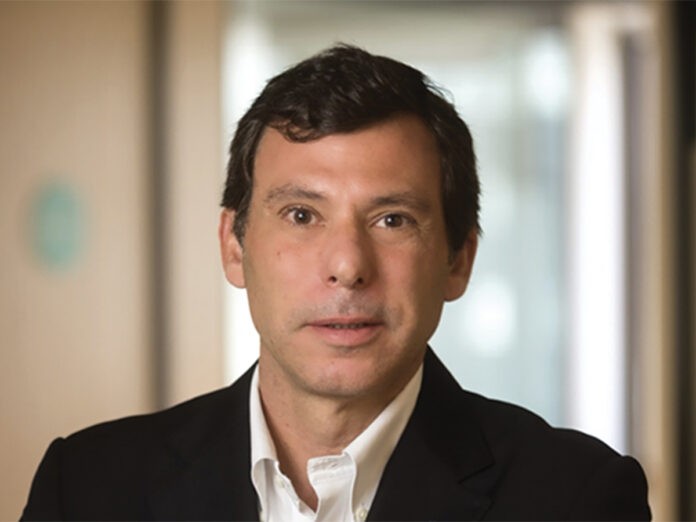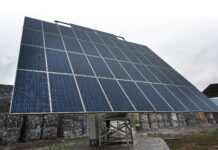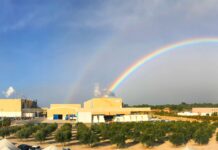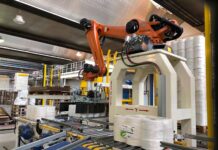Just seven years after moving into the tissue manufacturing market, Suzano’s Head of Global Pulp Sales, Marketing and Logistics Leonardo Grimaldi says the company is embarked on era-defining expansion. TWM Senior Editor Helen Morris spoke to him in São Paulo, Brazil.
Merger and acquisitions, dramatic capacity expansions, fluctuating pulp prices … it’s an exciting time for the Latin American tissue market, which shows no signs of slowing down. Tissue projects that have started up in 2023 or will be in development during 2024 and 2025 include a tissue plant project in Argentina, one in Colombia, El Salvador, and Guatemala, three projects in Mexico, and – up until the end of 2025 – seven tissue projects in Brazil.
In the first quarter of 2026, following its R$650m investment in a new tissue paper mill in Espírito Santo, Brazil, vertically-integrated eucalyptus pulp and paper giant Suzano will put a further 60,000tpy of tissue capacity into the market.
Whether the Latin American tissue market will enter a state of overcapacity in the next few years – or just ‘extra capacity’ – remains to be seen. São Paulo-based Leonardo Grimaldi, who joined Suzano in 2000 and became the head of Global Pulp Sales, Marketing and Logistics in 2021, believes it will be an era-defining time – and a crucial period of capacity growth for the Brazilian tissue market.
As a world-leading producer of eucalyptus pulp, Suzano most recently made headlines when it acquired Kimberly-Clark’s Brazilian tissue business assets for $175m in 2022, after diversifying its product offering into tissue manufacturing in 2017. This boosted its Consumer Goods tissue manufacturing division to 280,000tpy, which at the time increased Suzano’s presence in the county’s tissue market from around 13% to 22-23%.
And following the start-up of TM10 in Espírito Santo, the company’s total tissue capacity will be 340,000tpy.
Speaking over a Teams call, in fluent English, Grimaldi – responsible for Suzano’s pulp business unit, selling to tissue producers globally – explains that the company’s consumer goods business unit has recently become the leader in value market share in Brazil. It is now ahead of Chilean-headquartered CMPC’s Softys Brasil’s 307,000tpy.
“Kimberly-Clark’s brands are the leading brands in Brazil, and there is such a premium to them that it takes us to a very important and relevant position in terms of value,” he says. “As a result, our current market share in Brazil is 23.7%. That is only in At-Home consumption, it doesn’t cover the AfH business, which in Brazil is small, say 15% of the market. The Brazilian market is roughly one million tonnes of toilet tissue, and napkins and kitchen towels, and roughly 200,000 tons of AfH.”
The increased tissue capacity in Espírito Santo will also mean Suzano can enhance its competitiveness in the most significant consumption region. The start-up of the tissue machine is expected for the first quarter of 2026. Investments are also being made at Suzano’s pulp mills – a further R$520m will be spent to replace a biomass boiler, and R$490m has been invested to expand the company’s fluff pulp production capabilities in São Paulo. “As a company, we are structured to ask how we can be more and more competitive, so that we are resilient to the ups and downs of the pricing cycle of the commodity. By design, we offer the best solution in terms of product and service and value to our customers who are non-integrated paper producers located globally.”
In 2021, Suzano also announced the Cerrado Project, the construction of a new pulp production plant in Ribas do Rio Pardo that will produce 2,550,000tpy of eucalyptus pulp. Scheduled to become operational by June of 2024, it will also be the first fossil-free pulp plant in the world.
SUZANO
Product portfolio: Coated and uncoated printing and writing paper, paperboard, market pulp, fluff pulp, lignin, and, as of 2017, tissue paper.
Physical presence: Two integrated pulp and paper mills in the state of São Paulo (Suzano Unit and Limeira Unit), one in the state of Bahia (Mucuri Unit), one non-integrated paper mill in the state of São Paulo (Rio Verde Unit), as well as four pulp mills in the states of Maranhão (Imperatriz Unit), Espírito Santo (Aracruz Unit), Mato Grosso do Sul (Três Lagoas Unit) and São Paulo (Jacareí Unit). Also the shareholder of British-headquartered biotechnology company FuturaGene, has one of the largest paper and printing products distribution capabilities in South America, a representative office in China, and subsidiaries in the United States, Switzerland, Argentina, and Austria.
Consumer Goods division: When the company diversified its product offering in 2017 and moved into tissue manufacturing with its third business unit – Consumer Goods – it started with tissue manufacturing at sites in Mucuri, Bahia, and in Imperatriz, Maranhão. The company has a new mill in Cachoeiro de Itapemirim in the state of Espírito Santo.
Mergers and acquisitions: The merger of Suzano Papel e Celulose with Brazilian eucalyptus pulp producer Fibria was concluded in 2019. Following with the acquisition of tissue producer Fábrica de Papel da Amazônia (Facepa) in 2018. It then launched its first brand of toilet paper, Max Pure. Acquired Kimberly-Clark’s Brazilian tissue business assets for $175m in 2022.
Ongoing projects: In 2021, the Cerrado Project was announced, which involves the construction of a new pulp production plant in Ribas do Rio Pardo, in the state of Mato Grosso do Sul, producing 2,550,000tpy of eucalyptus pulp. Scheduled to become operational by June of 2024, it will also be the first fossil-free pulp plant in the world.
Another project announced by the company is the construction of a second tissue factory in the state of Espírito Santo. The plant, which will boost the company’s production capacity by 60,000tpy to 340,000tpy by 2026. Suzano will also expand its fluff production capacity to 440,000tpy from 100,000tpy.
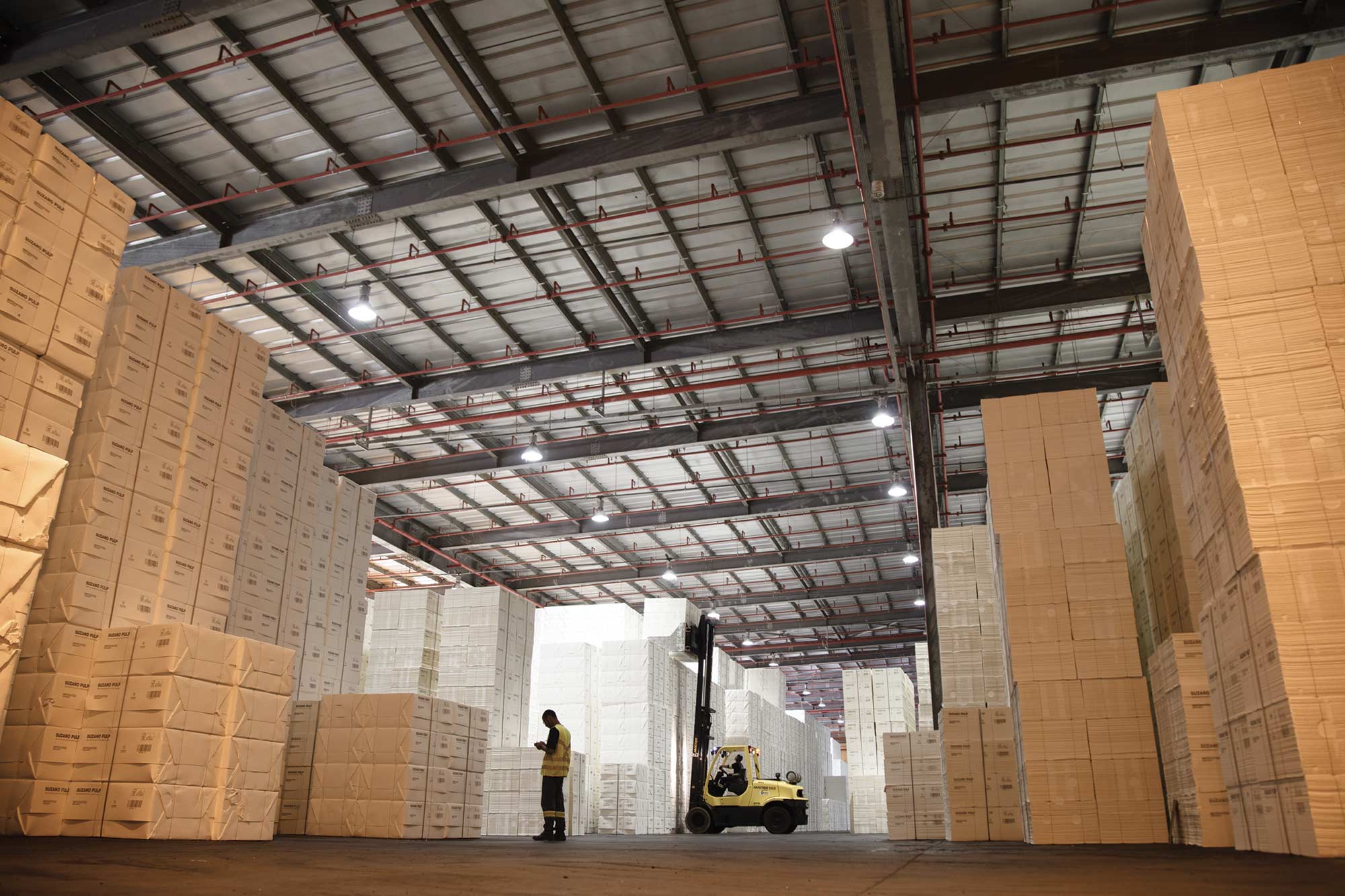
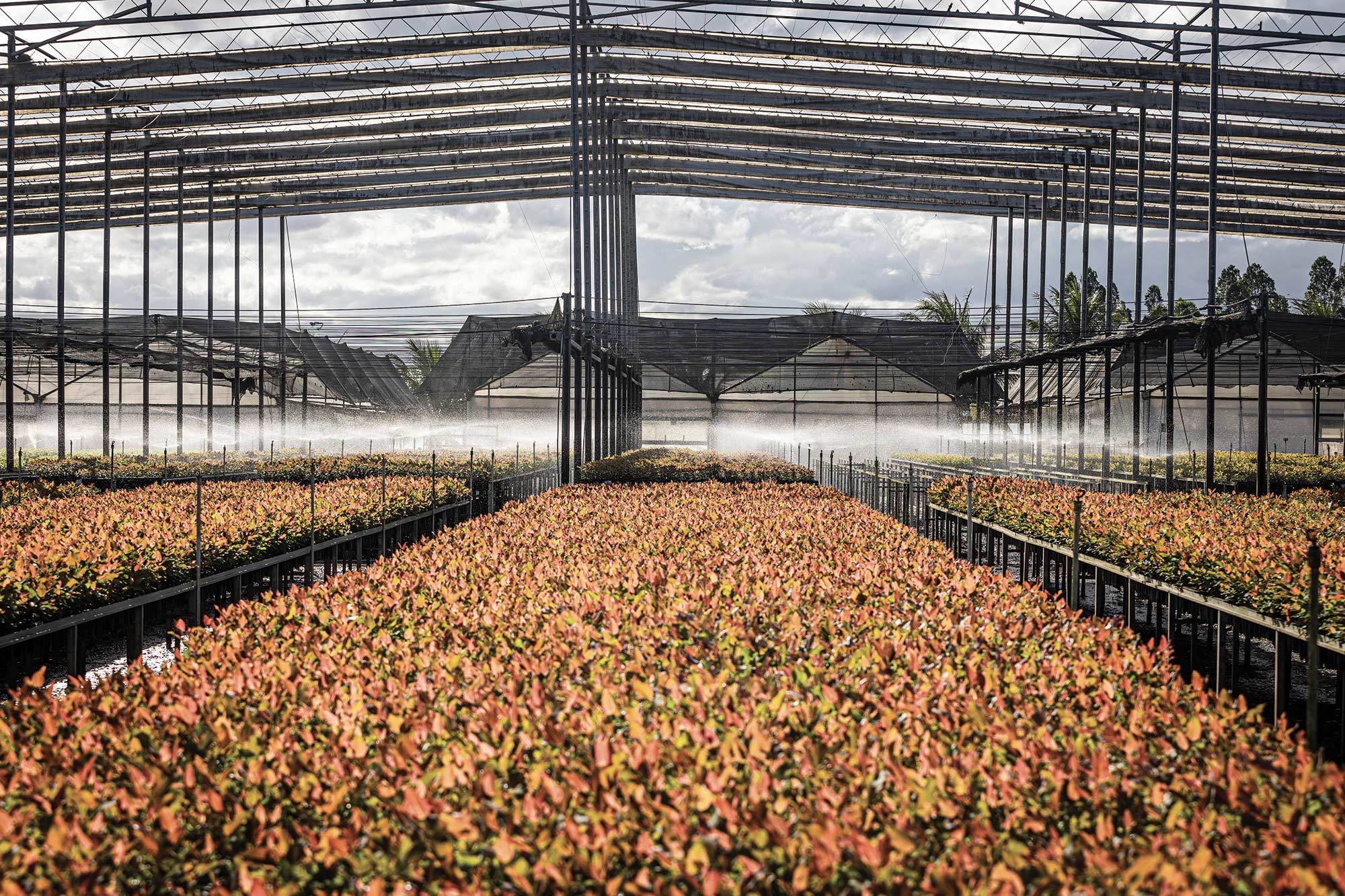
“I run Suzano’s pulp business unit and we supply everyone, including our own consumer business unit, on the same terms. There is a huge virtual wall – on one side we are expanding tissue, through a separate and independent business unit, but it is my responsibility – as a leader of our market pulp division – to support all the tissue producers in Brazil, and help them stay competitive. It’s very interesting to understand that being vertically-integrated does not undermine the possibility of being able to buy and sell market pulp across the board. Purchasing decisions depend a lot on logistics and this influences competitiveness, so having pulp mills in Brazil located close to our customers makes a huge difference.”
With Suzano’s extra 60,000tpy of tissue capacity also coming on stream and being sold domestically within Brazil, what will the company’s market strategy look like soon from the point of view of a pulp producer? “The strategy is based on value creation, but this is set independently by our consumer goods division. Across the region, there will be new tissue machines starting up in 2025 and my job is to sell them the pulp, at competitive prices and the right quality. Our new $2.8bn eucalyptus Cerrado Project is expected to start production in the first half of 2024, and it will be the largest single line pulp mill in the world with several features in terms of sustainability and competitiveness as well. Obviously one of the main segments that we sell our pulp to is tissue producers, so a big part of this new pulp plant will be directed to tissue producers globally.”
“It is also important to understand how we look at the results of our business units. Obviously, we do not transfer the benefits of being vertically-integrated to our consumer goods business unit because they have to create value and generate results as if they were any other tissue producer. Suzano’s tissue business is managed as if it were an independent tissue producer, buying pulp from the market at prices which are the same as other competitors.”
Looking at dynamics for tissue demand, he adds that in Europe and the United States, the company is seeing a more mature and stable market, in contrast to the Asian markets: “We see a small growth, or even a steady state in these markets. Where we see growth is in Latin America, although obviously from a smaller base. But most of the growth is in China and other Asian markets.”
In terms of growth pulp consumption, 90%+ will come from demand in Asian markets, particularly in the tissue segment.
As to the volatility of pulp price hikes over the past few years, he expects the pulp market to continue to fluctuate. “The pulp market is still very cyclical. It has always been volatile, but when you compared it to other commodities, it was one of the less volatile commodities. But since 2021, we have been seeing more pulp being traded in financial future markets, especially in Asia, and this has been impacted by an increasing number of unexpected downtimes in pulp mills globally. All these new variables are making the pulp price even more volatile than before.
Understanding the cyclicality and fundamentals of the commodity, he adds, all depends on how much demand and supply there is. “Our view is that there is a positive and solid demand for fibre, and that demand for hardwood is growing at a base of 1.2m to 1.4m tons per year.”
“In 2023, we had two big projects starting, one in Uruguay, one in Chile, which on an annual basis added three million tons. Then we have our Cerrado project by next year with 2.55m tons. When you add up these numbers they will exceed the demand, and that’s why prices have come from an all-time-high in September/October 2022, to a low in April 2023, because that’s how the market and the customers are reacting to this oversupply that is happening at this moment, when big projects start and means the markets are unbalanced. My view is that it will be even more volatile based on these upcoming capacities, but also based on the fact of more and more unplanned downtimes affecting the supply side of the equation, and they are more and more present.”
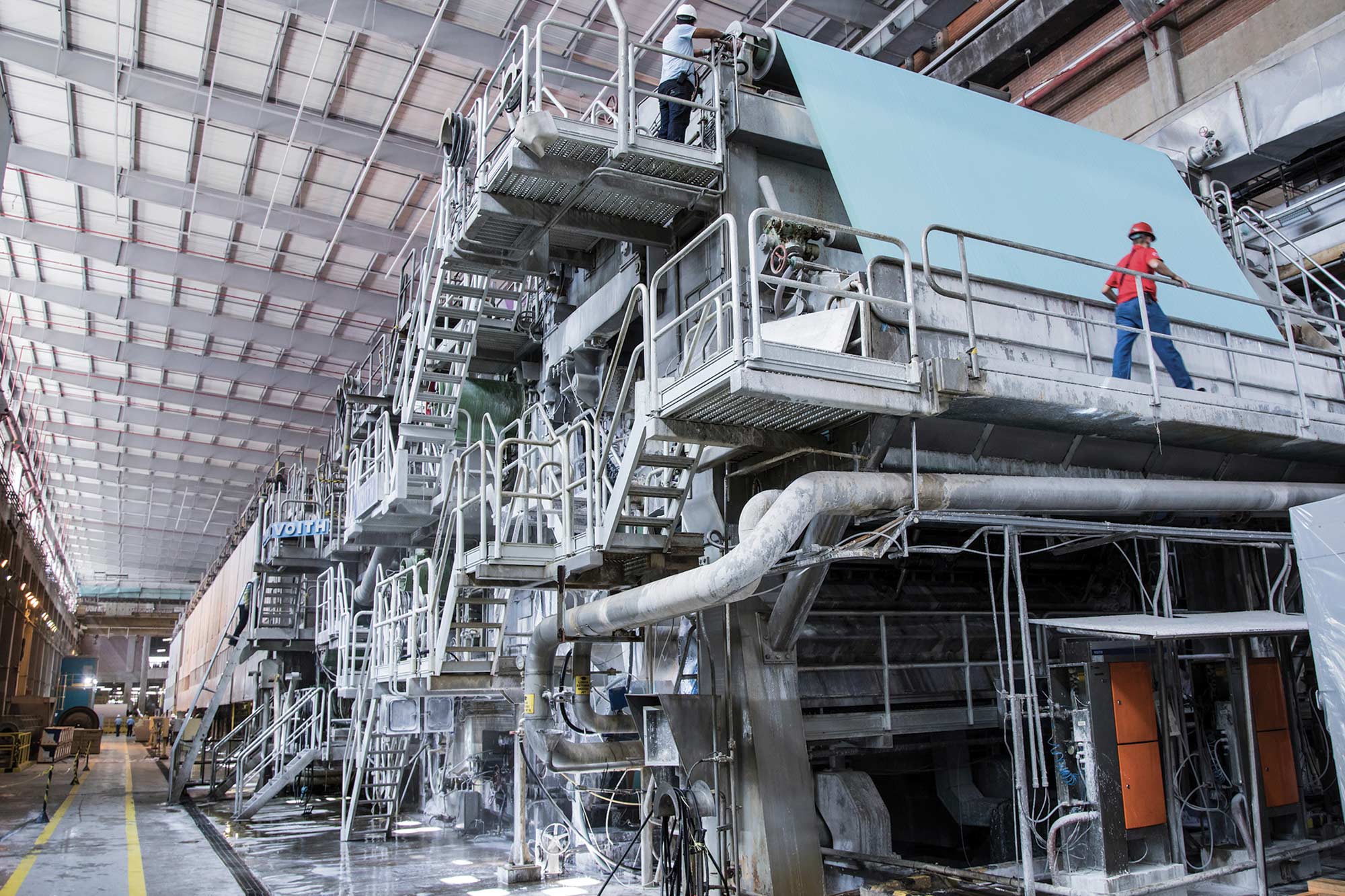
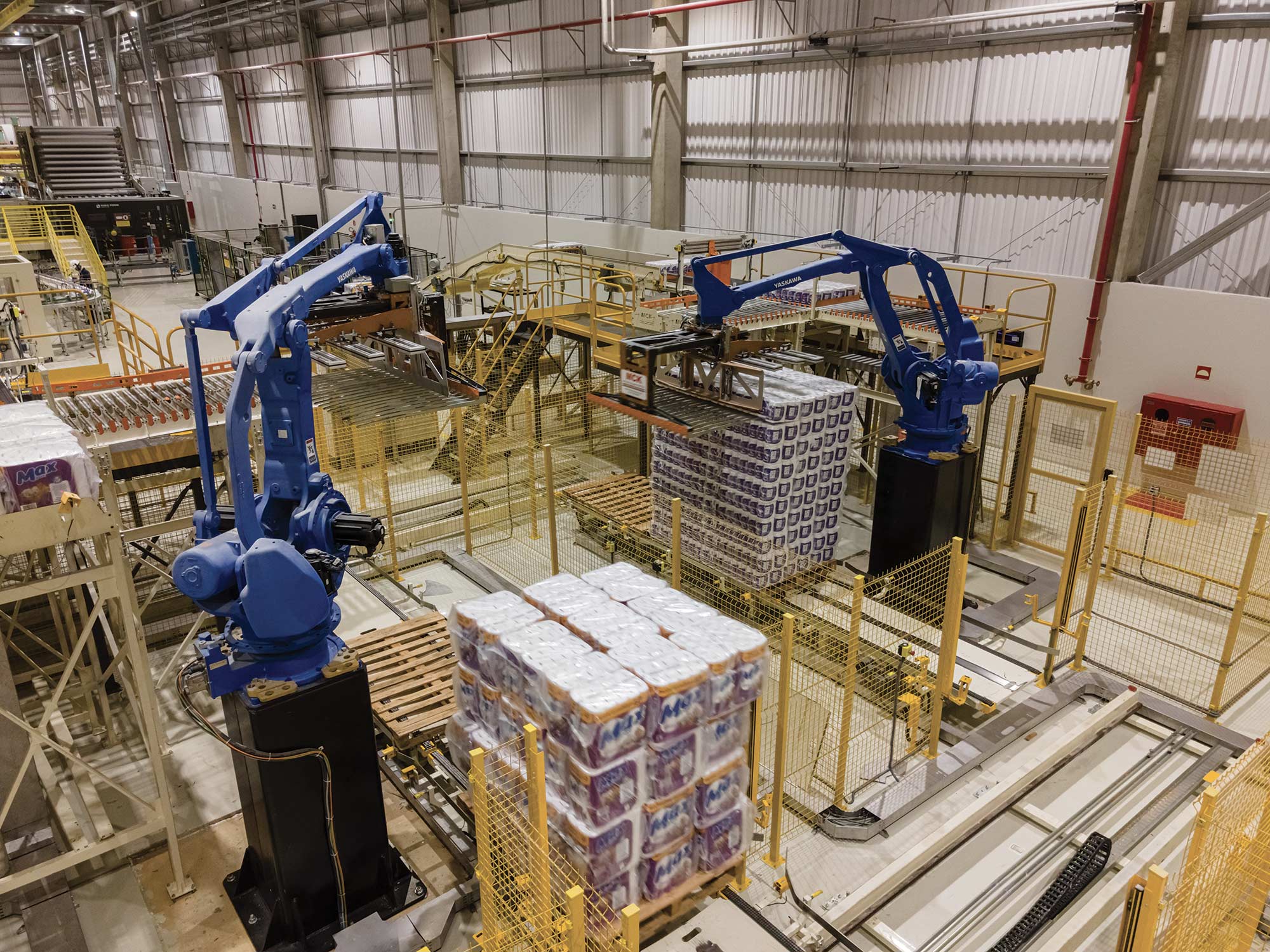
There are two main issues to address here, he adds. First, in the northern hemisphere there is substantial pulp production, but he says the assets “are quite old, several mills are 40, 50 or 60 years old”, which leads to more runnability issues and more unplanned downtime stops. “The second issue is that it is incredible to see how climate change is playing a role in our sector. We are seeing floods, droughts, fires, extreme cold weather. A lot of these factors are affecting production, with greater intensity than they did before. So, we have had several surprises in the cycles which take volumes out of the supply side of the equation. This means that it is then very hard to plan. In terms of guessing the prices for 2024, 2025, it’s very difficult, the experts all have different models and insights. It’s not just about the upcoming supply, and forecast, now you must forecast for something unexpected or un-forecastable. How can you forecast for extreme weather that will happen in 2024, or for a war? These unplanned factors are playing more and more of a role in our markets.”
As reference, Grimaldi says that historically a reduction of 700,000 tonnes in the supply of pulp was usually accounted for. Yet as of 2022 and 2023, these numbers are reaching almost three million tonnes. “This is the impact these downtimes are having on the market. If there is an additional project, and suddenly, a mill shuts down, markets have to rebalance themselves quickly. This year we have had three million tonnes of softwood and hardwood being shut down unexpectedly. We, as well as our customers, need to prepare ourselves to act quickly.”
As to Suzano’s strategy for the consumer goods division over the next few years, the company is focused on integration and securing the synergies coming from the recently acquired Kimberly-Clark operation and brands, and the new tissue line being built in Brazil.
What about the growth in capacity in Brazil’s tissue market? Brazilian tissue manufacturer Bracell SP Celulose, part of Singapore-headquartered Royal Golden Eagle group, announced in 2022 that it had invested in four Andritz-supplied PrimeLineTM W 2000 tissue machines to be installed at its mill in Lençóis Paulista, São Paulo, with start-up planned for 2024.
Can Suzano rule out investing in another tissue machine after the Espírito Santo project? “There is a huge overcapacity in Brazil, so I would not rule out that future growth among the leaders of the market can come through not organic, but inorganic movements. More mergers and acquisitions as we have done recently with Kimberly-Clark. Again, there is a lot of capacity in the market still so we can’t take out the possibility of new machines, especially as we talk to our customers who see possibility in this arena. Also, what is strongly discussed is how we can grow by generating value whilst also taking on opportunities.”
He emphasises the importance for the company to continue to have clarity in its business structure. Suzano has “very much divided” business units, he says, in reference to the pulp unit, the paper and packaging unit and the consumer goods unit. “It is as if there are three different and separate companies inside a holding company. We are very serious in it how we separate them, how we separate their results, and also all communications related to the customers of each one of them. ”
For example, he describes how the R&D centre for the pulp business unit is based in Espírito Santo state, and the R&D for Suzano’s paper, packaging and tissue business is based in São Paulo state. “They are completely different teams, there is a huge separation. Being the global leader for pulp production, we do not, will not, and cannot jeopardise our relationships with our pulp customers, who represent 85% or so of our business and who are the biggest independent tissue producers globally. We are very protective of them. Some 85% of what we do is selling pulp, pursuing high-quality and low cost all the time, and maintaining an incredible service level to our customers. That’s why we own four port terminals in Brazil and have 50 vessels that are operating to deliver our pulp to our customers, 12 of which are exclusive to Suzano. We have more than 150 employees in Europe, the US, China, with the objective of supporting our customers and their desired service levels. That’s our upmost goal. It’s a whole system dedicated to how we can increasingly service our non-integrated customers globally, and their leading tissue brands globally.”
In the tissue segment, he adds that eucalyptus pulp “has been kind of disruptive” in the past few years: “Suzano invented using pulp from eucalyptus in the late sixties, and ever since eucalyptus has become more and more usual in the tissue market, because fibre coming from the eucalyptus trees has specific characteristics that improves the product itself. Hardwood pulp has been growing in the tissue arena, and the 2022 figures is that hardwood now represents 50% of the supply of fibres to tissue producers globally.”
Yet, he says there is still a lot of space to grow, and in several markets tissue products are already being produced with 90% to 100% hardwood eucalyptus pulp.
Across Latin America, he sees growth potential for tissue, but also a movement happening in the AfH markets. The AfH market uses a lot of recycled fibres, similar to the US market. Usually, the AfH tissue producers would source most of their recycled fibers from Sorted Office Papers, the “SOP grades”, which are the top quality of the of the pyramid in terms of recycled papers. Especially after Covid, and home office and more and more digital interactions, there is a big dip in terms of demand for printing and writing papers.”
This has created a big impact for AfH tissue producers because these sorted office papers recycled grades, are increasingly less available, as a side effect in the decline in the printing and writing markets. He adds: “We are seeing a big trend for these types of producers coming to us to look at alternatives in virgin fibres to substitute what was previously done with recycled office grades. And this is very impactful because it increases our accessible market, but also it brings the consumers a completely different quality of product. When there is the move in trend, consumers are seeing the quality benefit of that as well. And talking about prices – the cost of this recycled grade is increasing as well. As our customers are making their decisions, despite the improved quality of the product, they are making their decision based on the economic equation while comparing recycled grades to virgin fibres. And this then makes sense for them to switch to a virgin fibre. This is also a trend we are seeing in AfH tissue.”
As for an increase in the popularity of private label products across the Latin American region, Grimaldi says he observes changes in the market: “Our customers are paying attention to this movement and trying to react to that. But still in the Americas, I would say that branded products represent most of the market, while in Europe private labels represent most of the market. So, it’s a different set up in terms of how our customers, tissue producers, define their go-to-market and branding strategies. And they continue evolving, and we will keep watchful on all possibilities that can be created for us.”





















